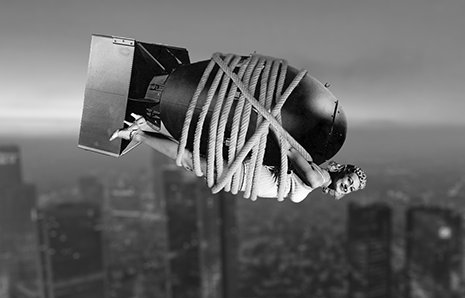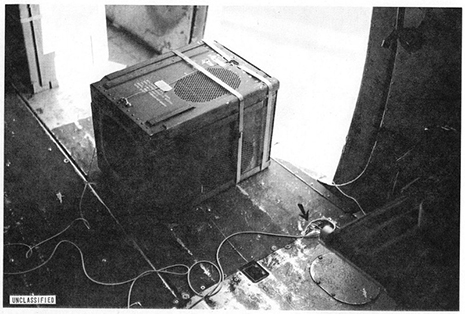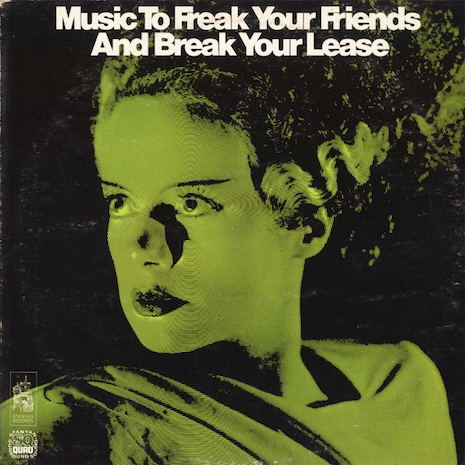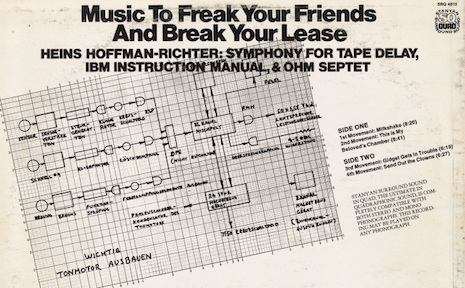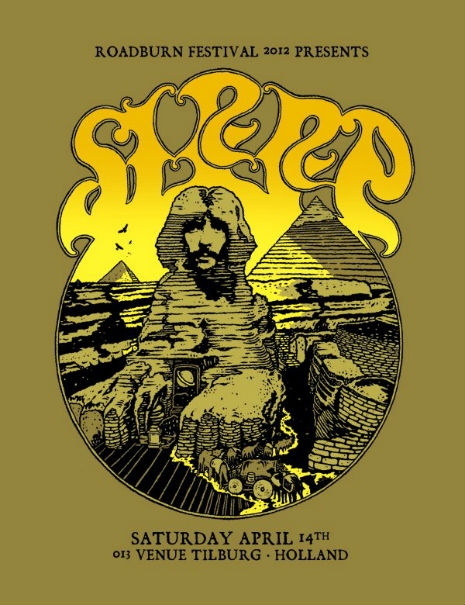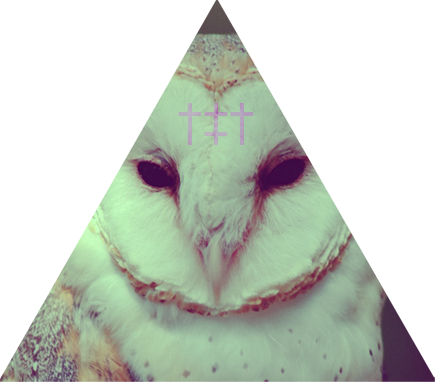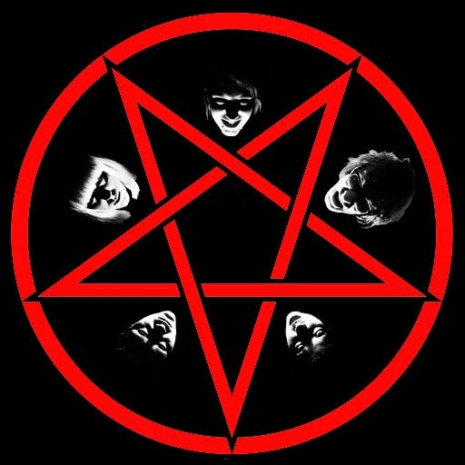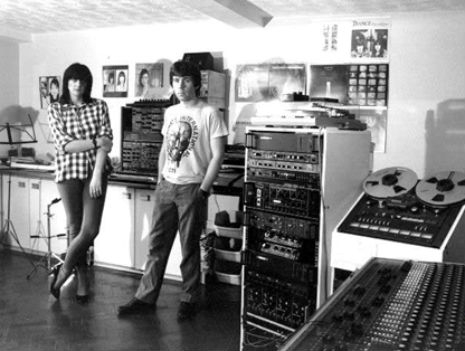
What if I told you there was a 90s band still in operation who have one hundred albums out? I mean, none of them are even remotely listenable, but that’s still pretty impressive, isn’t it? It’s true. Not only that, but they’re also bloodthirsty maniacs, with a decades-long love-hate mostly hate) affair with their audience. Every live show from, say, 1995 onwards has been a chaotic display of grinding noise, cross-dressing, live sexacts, self-mutilation, fist-fights, erotic wrestling, eye-gouging, tooth extractions, and non-stop ecstatic dancing. And they only last three minutes. Their name is Cock ESP (really, what else could/would they be called?), and if they’re not your new favorite band, you must be some kinda fuckin’ dummy.

This shit is normal in Minnesota.
It’s obviously a long story, but the thumbnail version is that in 1993, Minneapolis power electronics noisemonger Emil Hagstrom teamed up with metal percussionist P.C. Hammeroids to form an even noisier metal percussion-slash-power electronics shithouse ball of hardcore lunacy. Insanely prolific from the beginning, the band released scores of records every year, many with humorous titles like Our Embarrassment Is Your Pleasure, Three and a Half Inches of Floppy Cock (released on a floppy disk, naturally), and Suicide Girls Has Ruined Porn For An Entire Generation. Most albums feature short bursts of harsh improvisational noise. Some feature slightly longer bursts of harsh industrial noise.Their most infamous release is 2000’s Monsters of Cock, a 5” vinyl single with 381 tracks on it, released simultaneously by a dozen different labels. Even five-second blasts of noise add up to a lot of work when you do it 381 different ways, man.
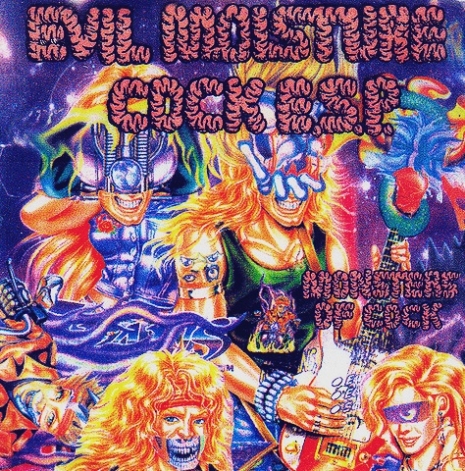
Hagstrom is the only original member of the band left, but he always manages to find a few new drifters, sociopaths or miscreants to keep things rolling. Cock ESP’s latest album, 2016’s Noise Bloopers, consists entirely of equipment malfunctions. For the past few years, the band has used wireless equipment on stage—they’re far less likely to accidentally hang themselves this way—but wireless noise boxes are constantly on the fritz, and even with a three-minute show they fuck everything up a lot. So they made a “worst of” album. It is completely indistinguishable from their other albums.

Cock rock for the now generation
Here’s the point: you are not as cutting edge as you’d like to be unless Emil Hagstrom has broken your nose at a gig or you own at least 38 Cock ESP albums (not 37, poser!). For better or for worse, they are as far out as you can possibly get. I mean it’s almost definitely for worse, arguably much worse, but GG Allin is still dead, so this is all we have left.
Watch these lunatics in action after the jump…






